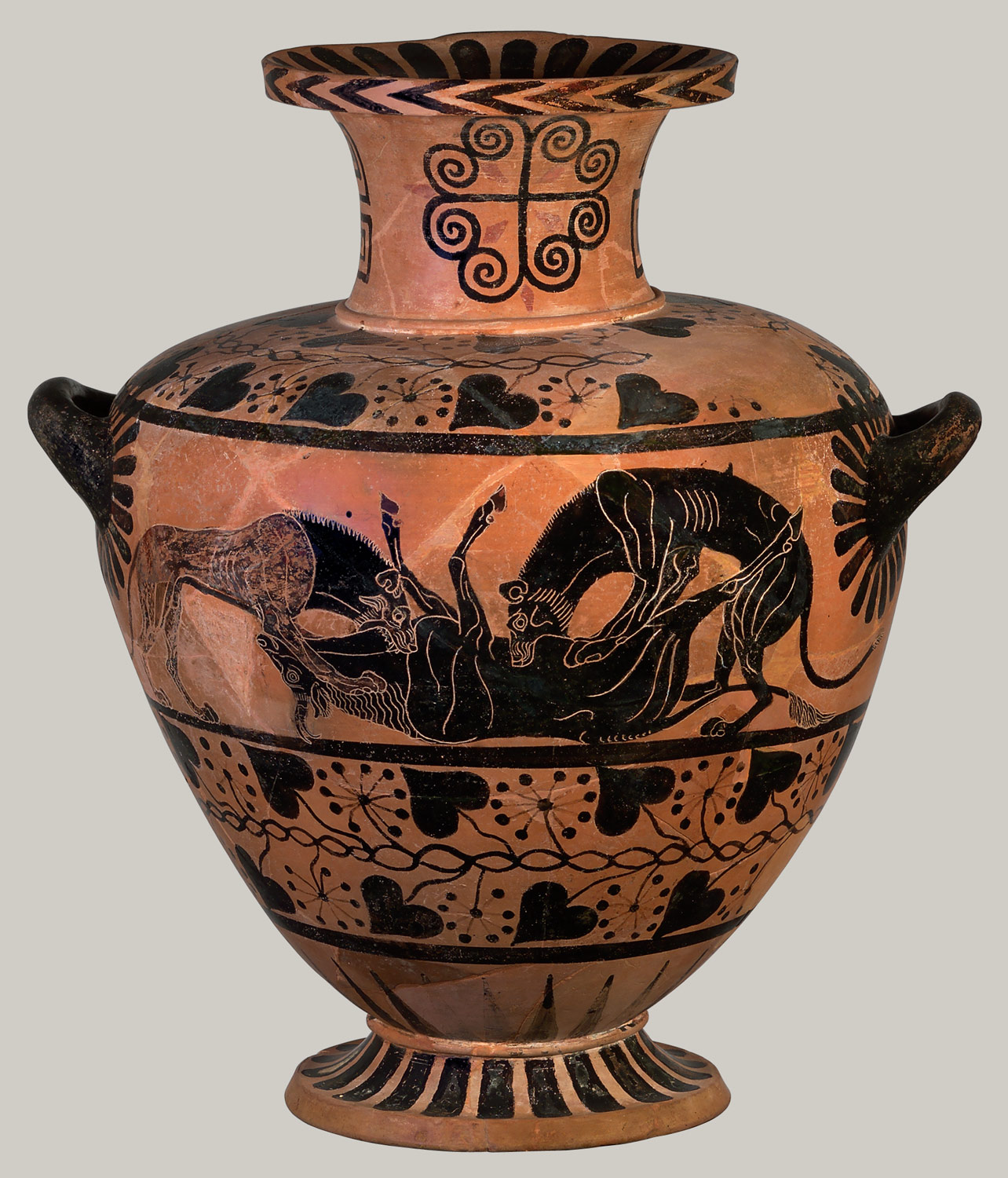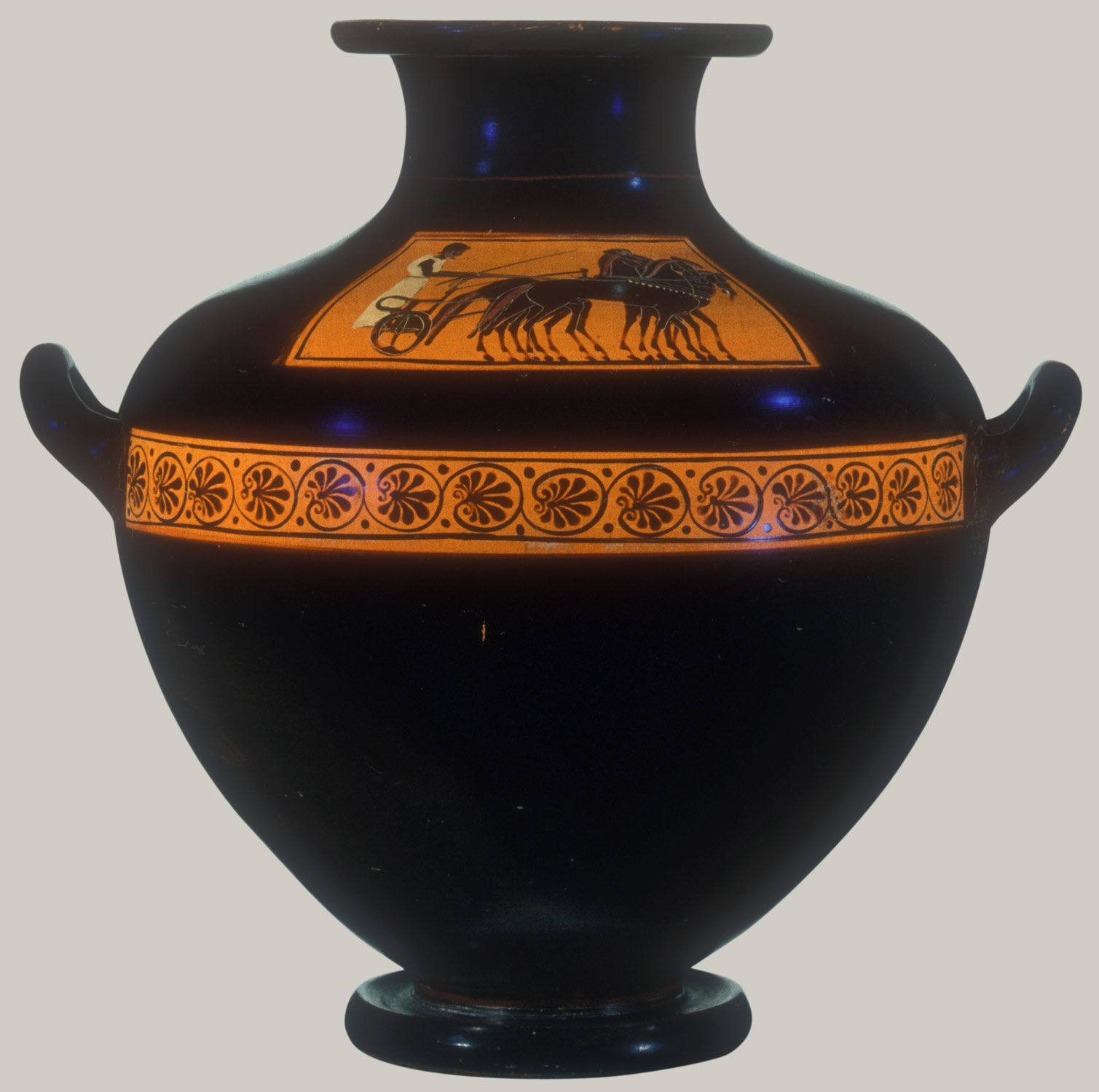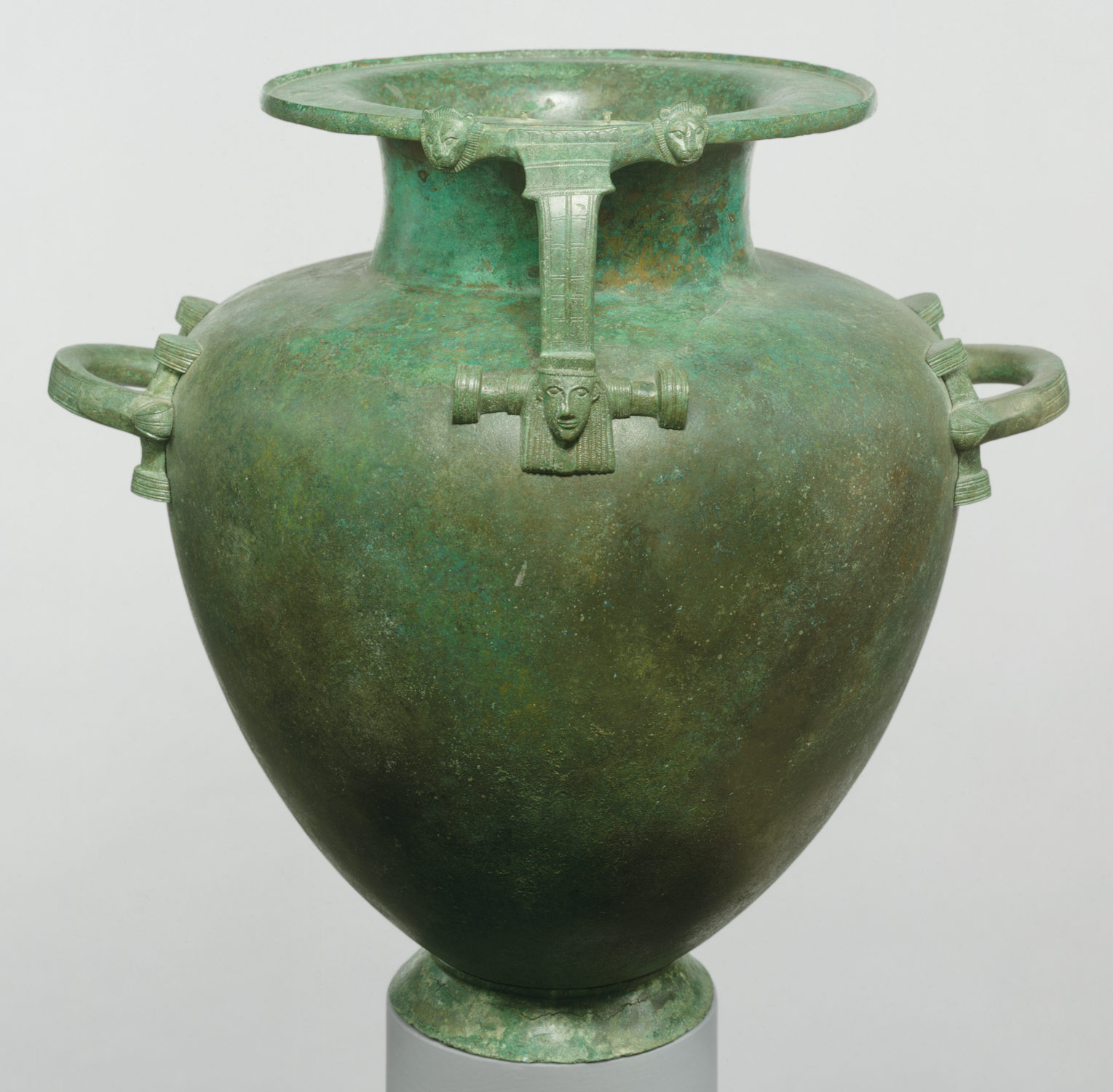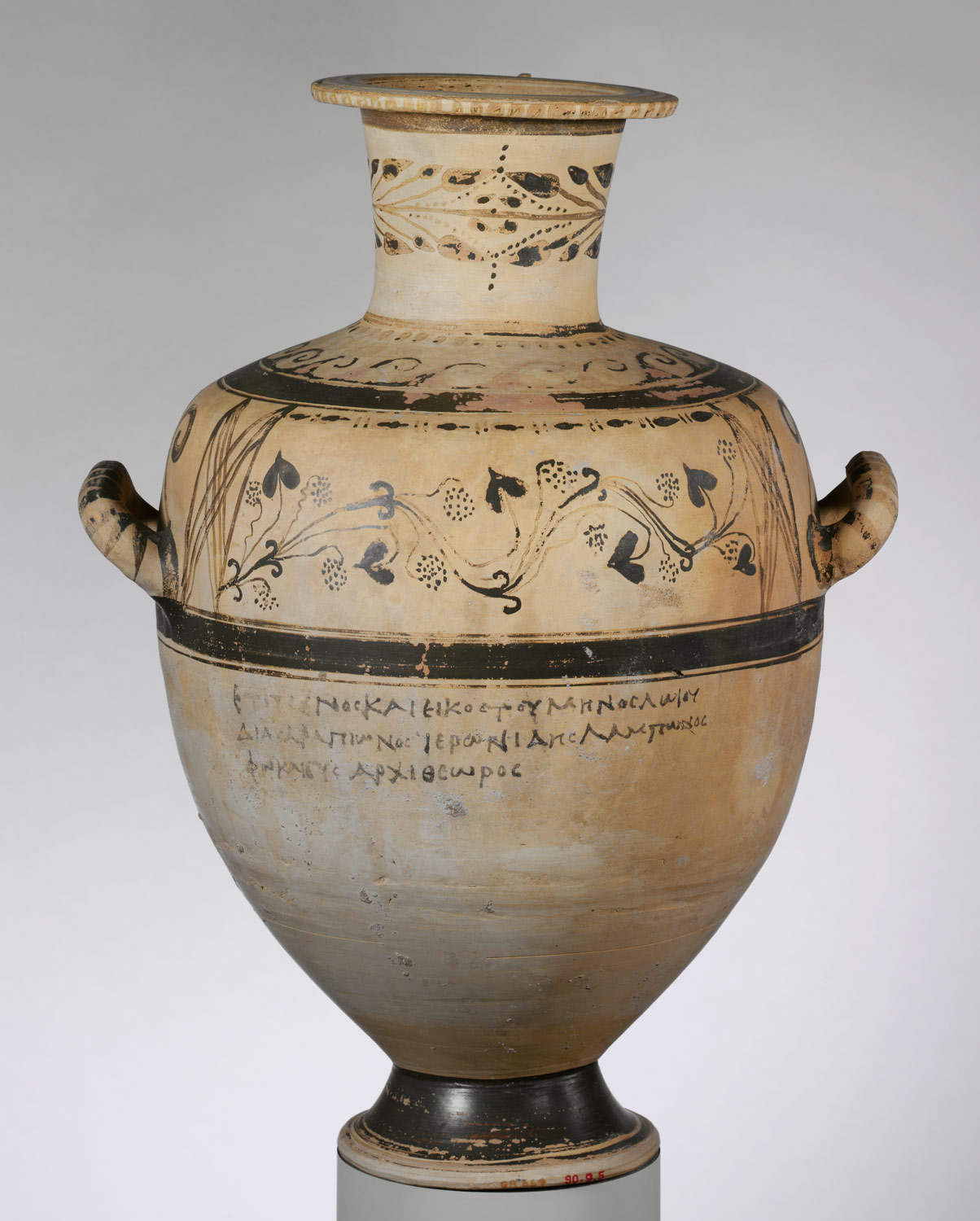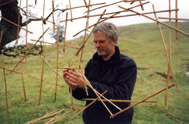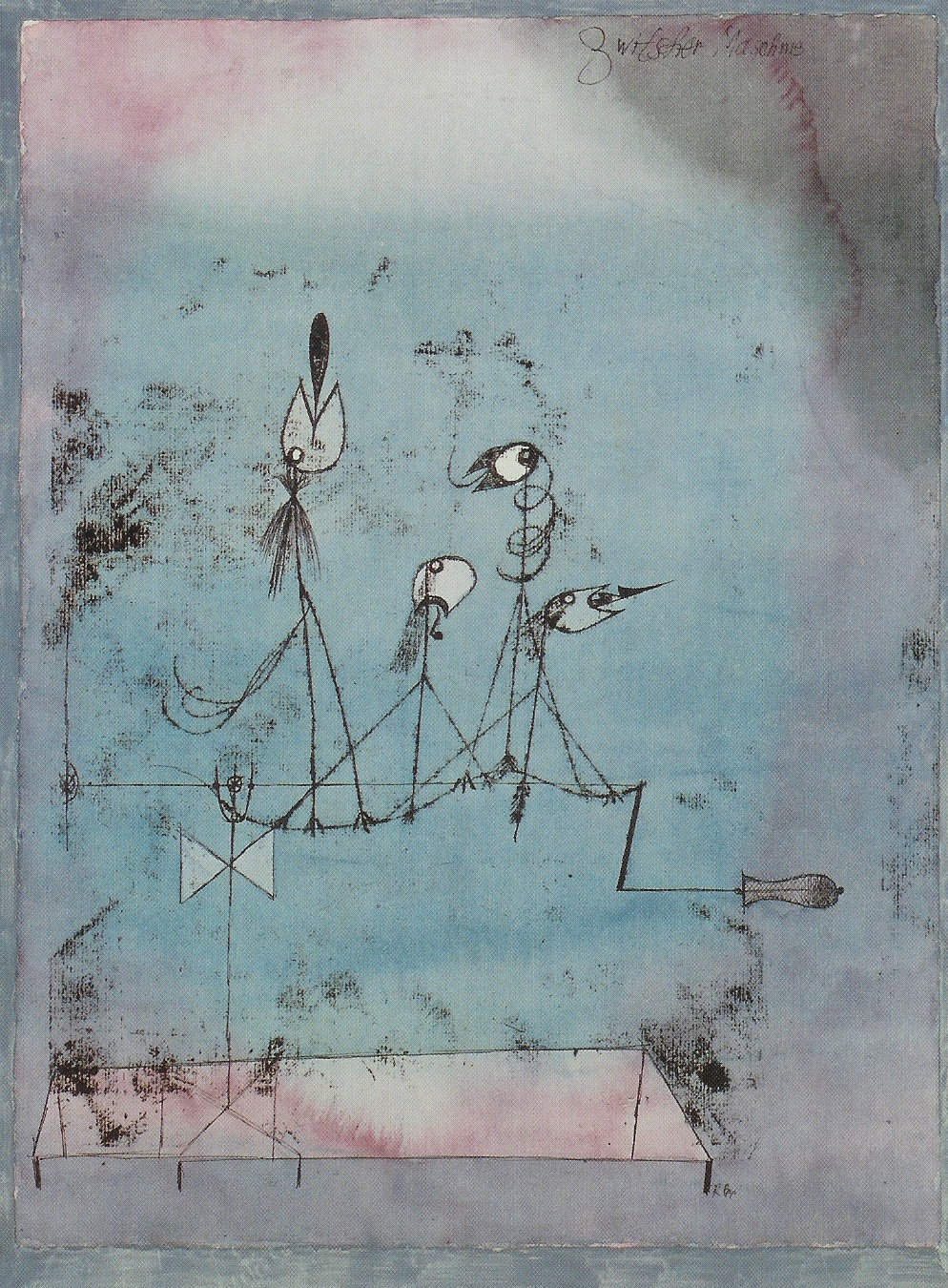Roman Art

“Imperial Procession”
Detail of a relief of the south side of the Ara Pacis
13-9 BCE.
The Ara Pacis Augustae is a monument made to commemorate Augustus’s triumph of enforcing Roman rule in Gaul and Hispania. Most of all, the monument celebrates the establishment of peace in Rome. Augustus dedicated the monument to his wife, Livia for her birthday as well. The “Imperial Procession” is one of the friezes of the Ara Pacis, inspired by the Parthenon’s procession frieze. In a sense, the “Imperial Procession” is somewhat used as a promotional device. Augustus wanted to use art to promote and present his new order to be a Golden Age, reminiscent of the age of Athens under Pericles’ rule. A political as well as an artistic statement is made in the procession. The scene depicts the imperial family and others waiting for a ceremony to begin, while children tug at their elder’s clothes and converse with one another. It is peculiar that children are being represented acting like children during this era. It had rarely been done before. Usually children are shown acting like adults, only miniature. But Augustus embraced the idea of children acting as children not out of warmth compassion for children, but rather because he was concerned about a decline in birth rate among Roman nobility. So in this frieze, Augustus uses art to promote his political and social ideals of marriage, marital fidelity, and raising children. Actual specific people are also portrayed in the “Imperial Procession” which in a sense, is a political tool used to draw people into the scene so they are able to identify with people like themselves. The average public is portrayed; families, children, and nobles, and even specific people. The scene also depicts men with their families representing marital fidelity. Private family and community closeness is a major theme of the Ara Pacis, including the Imperial Procession. Augustus aimed to convey all of Rome in a peaceful state, which would be known as Augustus’ great accomplishment as a ruler; Pax Romana ( the period of stability, internal peace, and prosperity Augustus began which lasted over 200 years.) The Ara Pacis serves as a monument commemorating the times of peace Augustus brought to Rome.
Christian Art

“Sarcophagus of Junius Bassus”
359.
The “Sarcophagus of Junius Bassus” is a great example of art which portrays the period of conversion to Christianity. Junius Bassus was a Roman official who was “newly baptized.” He died on August 25, 359 at age 42 and converted to a Christian on his death bed. The sarcophagus is decorated with columns, entablatures, and gables which work to divide the space into five separate scenes on two registers. It is a very detailed work; the architecture, furniture, and foliage details portray the setting of each scene. In the upper register Christ is portrayed as a teacher, with Saints Peter and Paul at his side. The imagery of the sarcophagus is meant to represent the transition from paganism to Christianity in which Junius Bassus had made. In one scene this transition is demonstrated where Christ rests his feet on the head of Aeolus, who is the classical god of the winds. So in essence, Christ is shown having dominion over the pagan god. The transition from paganism to early Christian art was also made apparent when Jesus in many of these scenes is enthroned as a Roman emperor (which also really works to promote a good and idealized perspective of Roman rulers.) On the bottom register, Jesus makes his entrance into Jerusalem much like a Roman emperor who has conquered a city, only he is shown in a much more humble manner, riding a donkey. In Early Christian art, narrative themes and allegories were very popular, and it was also not uncommon to find the Old Testament themes foreshadowing the events of the New Testament. For example, Old Testament and New Testament scenes are depicted on the sarcophagus. In the top left Abraham passes the test of faith and other scenes show Daniel saved by God from the lions, Adam and Eve and the fall, Christ’s Passion, his arrest (a New Testament theme), and Pontius Pilate washing his hands of guilt, as well as Peter’s arrest, (more New Testament themes). The Crucifixion itself does not appear on the sarcophagus though. In fact, it was very rare that the cross would be shown in early Christian art. Perhaps the artist of the sarcophagus focused more so on Jesus’ life as a teacher and miracle worker rather than his death and suffering to avoid bringing to light that Jesus died at the hands of the Romans. The power of the Roman Church was to be emphasized as well through these images, so a good reputation of Rome was meant to be instilled by the scenes of the sarcophagus.
-----------------------------------------------------
Significant changes in style distinguish Classical Roman art from Early Christian art. Classical Roman tradition seems to be characterized by advertisement and the promotion of rulers. In many ways, Ancient Rome seems to resemble the United States today. The Romans recognized the importance of the portrayal of their political leaders, which made the art of portraiture very crucial. It was used as propaganda to influence the masses. Although the “Imperial Procession” of the Ara Pacis does not depict a portrait of Augustus, it does in fact show specific individuals, noblemen a part of politics of the time, and potential heirs to the throne, such as Marcus Agrippa, who would have been Augustus’s successor if he hadn’t died. Augustus’s wife, Livia, is also depicted. And the Ara Pacis is certainly an entire advertisement in itself, built to commemorate Augustus’s peace, Pax Romana, he instilled in Rome, as well as his ideals and laws; celebrating families and the community. It works as a form of persuasion, assuring the Roman people that all is and will be well under the reign of Augstus, and his legacy will live on. I find the transition from Classical Roman art to Christian art to be very interesting; it is not a clean cut transition by any means. Pagan symbols and imagery were being infused and combined with Early Christian art, which allowed the public to shift perspectives. A work could be viewed as pagan art and Christian art as well. For example, in the “Sarcophagus of Junius Bassus” Jesus is seated with his feet standing on the wind god. This could be interpreted in two different ways; it could simply represent Juinius’s conversion from paganism to Christianity. But also, in the Christian’s eye, it could symbolize that Christ is in heaven with the wind and sky, which combines both Christian and pagan symbols. In Classical Roman style, emperors are usually the main focus of attention. Art is used as a tool by the emperors to influence the public (much like television). Christian art appears to be more humble and focuses less on rulers and more so on glorifying Christ. For example, on the “Sarcophagus of Junius Bassus”, Christ is placed in the center of the top register and no contemporary Roman nobility are present on the sarcophagus, not even the deceased. Yet Christ IS being portrayed in the adornment of a Roman ruler. Perhaps the artist did this to make Jesus seem as though he is one of the Romans, someone the Roman people could identify with and believe in. Or perhaps it is to show that Roman rulers are close to Christ and should be well respected. A clear example of Early Christian art that idealizes the Roman emperor is “Justinian and His Attendants.” Justinian is placed in the center of the mosaic and resembles Jesus Christ, perhaps to convey his strength and his beliefs as a Christian.
The sarcophagus also demonstrates the use of narratives, which are heavily used in Christian art because most people of the time were not able to read, so they relied on the art of narratives to teach them of Christianity. The scenes unite the imagery of the Old and New Testaments. (Simultaneous narrative is also a technique used to convey Biblical stories.) Christians used the visual arts to glorify God (and sometimes used art as propaganda for a ruler as well) while during the Classical times, the central focus of art was usually on an emperor and functioned to communicate his message to the public as in the “Imperial Procession.”




